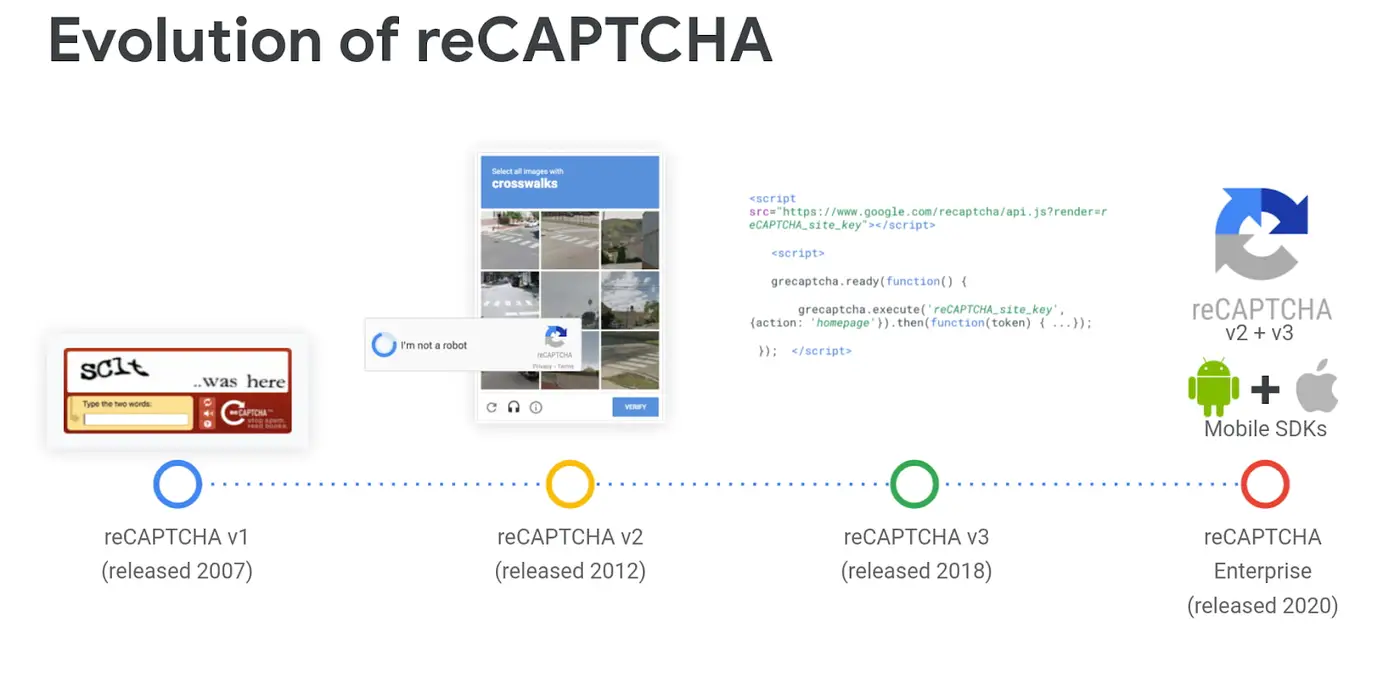
Digital analytics tools, such as URL shorteners, geolocation services, and CAPTCHA, play a pivotal role in the modern internet, assisting system administrators in managing traffic and enabling marketers and advertisers to deliver content to the appropriate audience. However, these same technologies are increasingly exploited by malicious actors to circumvent security measures and enhance the effectiveness of their attacks.
URL shorteners, like bit.ly, gained popularity in the early 2000s, simplifying the sharing of lengthy URLs and allowing the tracking of click-through rates for advertising links. Yet, cybercriminals employ them to obscure malicious links and redirect victims to phishing pages. Research indicates that URL shorteners can be utilized at various stages of cyberattacks. For instance, in a recent attack, a link-shortening service was employed to direct users to fraudulent payment pages designed to steal credit card information. In another case, in the spring of 2023, a URL shortener was used to track clicks on Dropbox URLs that led to the download of malicious files.
Cybercriminals also make extensive use of geolocation services, which are designed to determine a user’s location based on their IP address. While these services aid marketers in assessing the reach of their campaigns, in the hands of cybercriminals, they become tools for targeted attacks. For example, malware can leverage geolocation data to monitor the spread of infections or to restrict access to phishing pages based on the victim’s geographic location. In one instance documented by researchers, malware executed its actions only if the system was located in a specific country, thus avoiding detection on computers outside the targeted region.
CAPTCHA, a technology originally developed to protect against automated bots, can also be co-opted for malicious purposes. Cybercriminals integrate CAPTCHA into their malicious pages to hinder automated security scanners. This tactic allows phishing sites to remain undetected by security systems while still granting access to real users. Studies show that such techniques are frequently employed in phishing campaigns, where users are first asked to complete a CAPTCHA and then redirected to a malicious page, where data theft or malware installation occurs.
Combating these threats requires the implementation of advanced analytical and detection methods. Traditional security systems may prove ineffective against such techniques, necessitating new approaches, such as network traffic monitoring and link behavior analysis. For instance, automated systems can track clicks on shortened URLs to detect suspicious activity or analyze network requests related to geolocation services and CAPTCHA.
It is crucial to recognize that cybercriminals continually refine their methods, exploiting digital tools originally intended to enhance user experience. Ensuring security demands a comprehensive approach, encompassing not only traditional protective measures but also innovative strategies aimed at identifying and preventing threats associated with the malicious use of these technologies.


